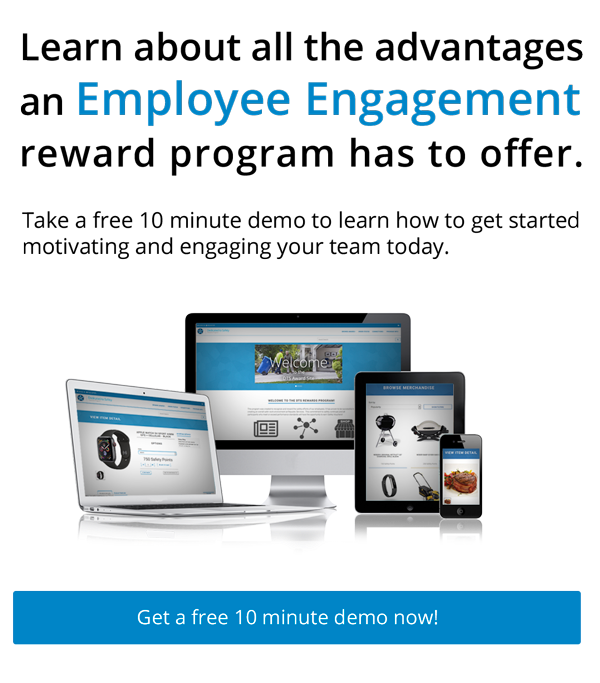
Employee engagement is defined as the extent to which employees feel positive about their jobs, are committed to the organization and put extra effort into their work. Because organizations with high levels of engaged employees enjoy a host of benefits, company leaders are seeking any initiatives that improve engagement. A focus on diversity and inclusion can do just that.
According to the Society for Human Resource Management (SHRM):
- 74% of millennials believe that their organization is more innovative when it has a culture of inclusion.
- 79% of organizations say fostering a sense of belonging in the workplace is very important for their success in a year duration.
- 25% of employees recognize comfort as the biggest driver of belonging, wanting to feel fairly treated and able to bring their authentic selves to work.
- 67% of job seekers said a diverse workforce is important when considering job offers.
- Over 86% of job seekers say workplace diversity is an important factor when looking for a job.
In an environment where only 3 of the Fortune 500 CEO’s are African-American, there is a lot more work to be done to nurture diversity and inclusion. Companies must establish programs and put policies in place that are not “one and done”. The practice must become ingrained as part of the company’s culture.
Here are just some of the benefits that companies with more racial and gender diversity enjoy:
- Companies with the highest levels of racial diversity in their organizations bring in almost 15 times more sales revenue than those with the lowest levels of racial diversity.
- Companies with more diverse management teams have 19% higher revenue because of increased innovation.
- Research shows that companies with more diverse teams are more innovative, engaged, and creative in their work.
- As the number of women employees increases, so do profits: by up to 50%.
- When diverse teams make a business decision, they outperformed individual decision-makers up to 87% of the time.
- For every 10 percent increase in racial and ethnic diversity on the senior-executive team, earnings before interest and taxes rise 0.8 percent.
Gallup reports that lack of engagement costs U.S. companies upwards of $550 billion each year, in turnover and lost productivity. Since 64% of the U.S. workforce is “disengaged” and disengaged workers make mistakes 60% more often than engaged employees, employee engagement hits employers directly in their financial statements.
When companies adopt policies of diversity and inclusion, so many improvements are realized – not the least of which is employee engagement. Check back here for our next post on Best Practices in Diversity and Inclusion.
Contact us today to get started developing programs that will boost employee engagement.



